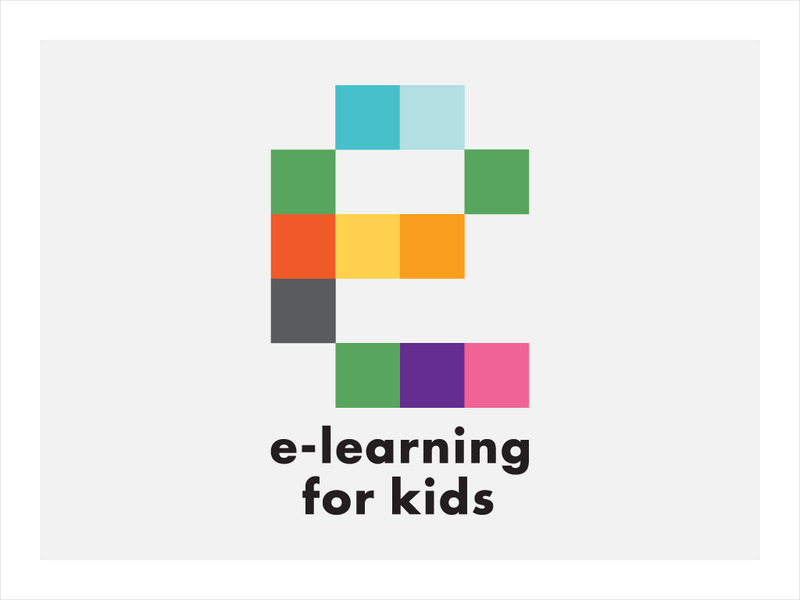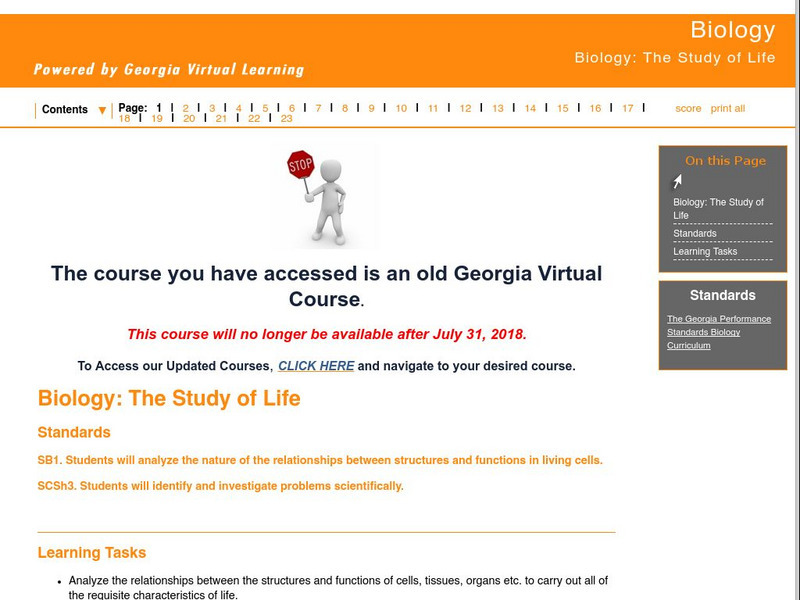Georgia Department of Education
Ga Virtual Learning: Anatomy and Physiology: Cells
In this module, students discover how each cell is organized to complete the function of producing and transporting proteins, and how cells relate to homeostasis of the body.
E-learning for Kids
E Learning for Kids: Science: Antarctica: How Are Living Things Described?
Learn about the different levels of organization in living things, from cells to organisms.
Georgia Department of Education
Ga Virtual Learning: Biology: The Study of Life
A learning module where students analyze the relationships between the structures and functions of cells, tissues, organs to carry out all of the requisite characteristics of life. They also describe the scope of biological study and...
Scholastic
Scholastic: Study Jams! Science: The Human Body
Self-playing slideshow, with an accompanying quiz, introduces students to the concept of the human body as a system of cells, tissues, and organs.
CK-12 Foundation
Ck 12: Life Science: 11.1 Human Body
Explore the levels of organization in the human body.
CK-12 Foundation
Ck 12: Life Science: Organization of the Human Body
[Free Registration/Login may be required to access all resource tools.] Cells, like these nerve cells, do not work in isolation. To send orders from your brain to your legs, for example, signals pass through many nerve cells. These cells...
CK-12 Foundation
Ck 12: Life Science: 2.3 Cell Theory
Learn about the cell theory and levels of organization in a multicellular organism.
Open Curriculum
Open Curriculum: Cell Structures
An illustrated overview of the structure and function of the cell and its structures.
E-learning for Kids
E Learning for Kids: Science: Antarctica Research Center: What Do Cells Do?
For this lesson, students learn about the specialization of cells to perform different functions, and how they are organized into tissues and organs in the human body.







